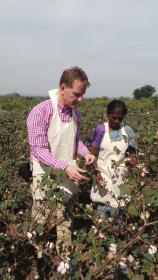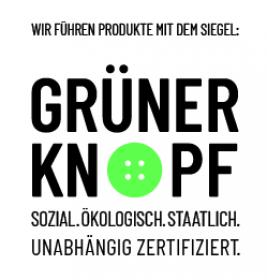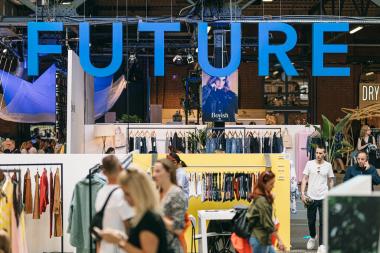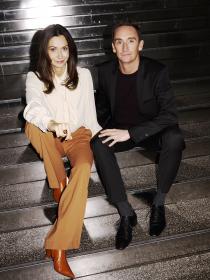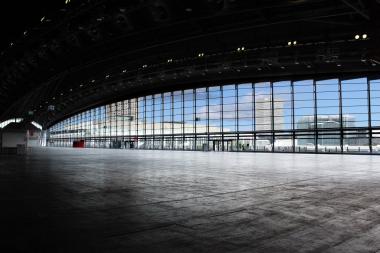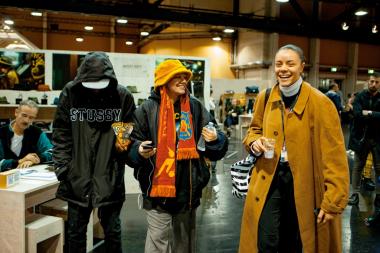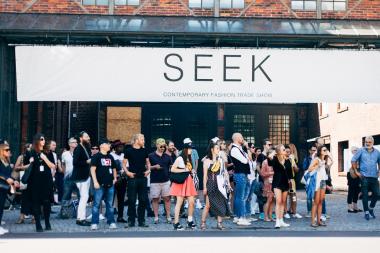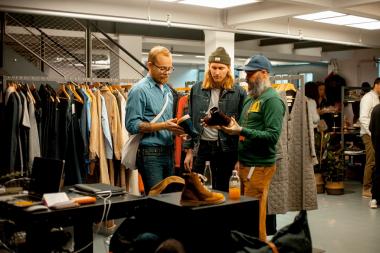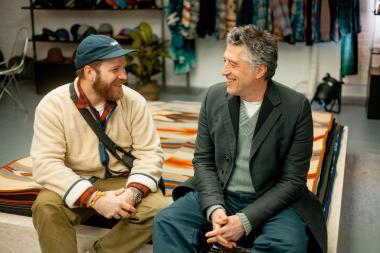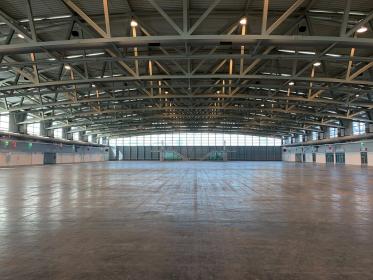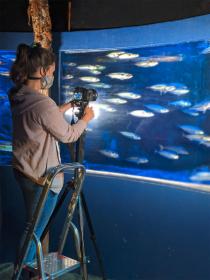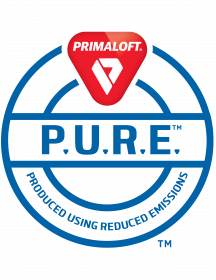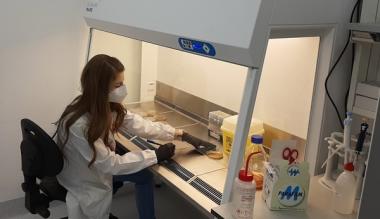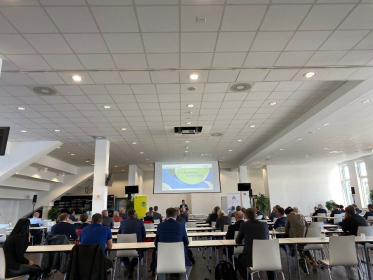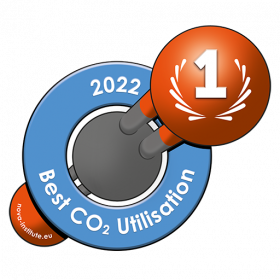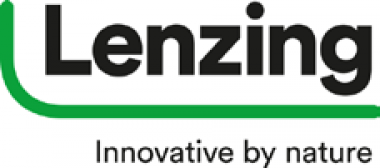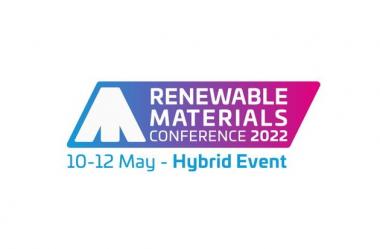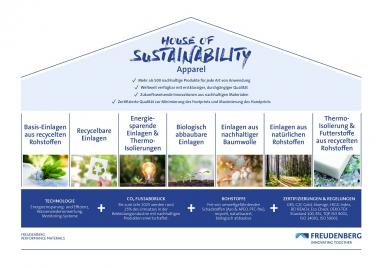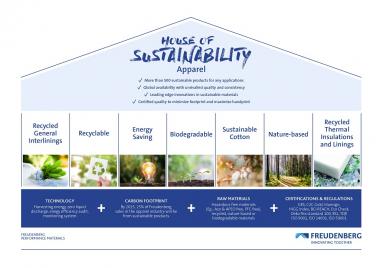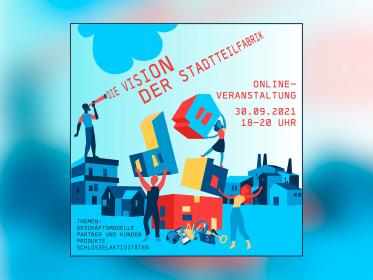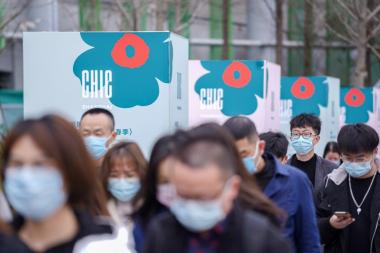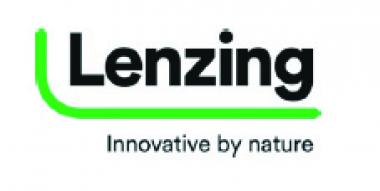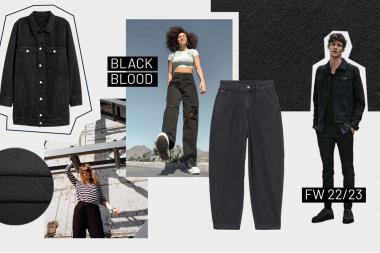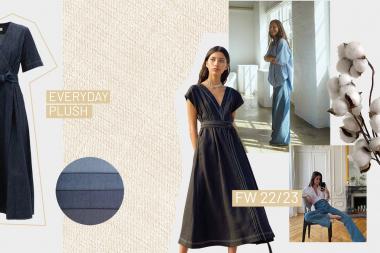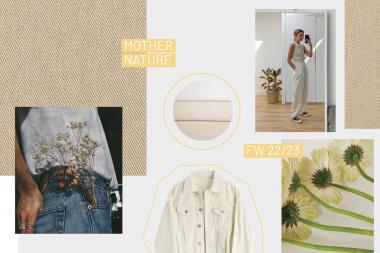Dibella in Filmreihe des Bundesministeriums für Arbeit und Soziales
Das Bundesministerium für Arbeit und Soziales (BMAS) hat im September 2021 eine Filmreihe über unternehmerische Sorgfaltspflichten ins Netz gestellt. Dibella spielt dabei eine führende Rolle. Geschäftsführer Ralf Hellmann berichtet in einem knapp fünfminütigen Video über die erfolgreiche Erfassung und Beseitigung von Menschenrechtsrisiken am Anfang der Lieferkette.
„Ende 2016 wurde der Nationale Aktionsplan Wirtschaft und Menschenrechte (NAP) von der Bundesregierung beschlossen. Er fordert von allen hierzulande ansässigen Unternehmen, ihren menschenrechtlichen Sorgfaltspflichten nachzukommen. Dafür müssen sie nachteilige Auswirkungen ihrer Geschäftstätigkeit ermitteln, verhüten und mindern. Genau das haben wir gemacht: Wir haben wir uns intensiv mit den Risiken für Mensch und Umwelt in unseren Lieferketten beschäftigt und Maßnahmen ergriffen, um sie zu vermeiden oder wenigstens zu minimieren“, erklärt Ralf Hellmann, Geschäftsführer von Dibella.
Mit gutem Beispiel voran
Dibella ist daher auf das ab dem Jahr 2023 geltende Gesetz über unternehmerische Sorgfaltspflichten in Lieferketten vorbereitet. Die Arbeit hat dem Unternehmen nun eine Hauptrolle in einer Praxis-Filmreihe des Bundesministeriums für Arbeit und Soziales (BMAS) eingetragen. In einem Kurzfilm über das Lieferkettengesetz zeigt Ralf Hellmann, dass sein Unternehmen potenzielle Menschenrechtsrisiken bereits am Anfang der textilen Lieferkette durch den Einsatz von GOTS zertifizierter und OCS-Fairtrade Baumwolle minimiert.
Dibella Bundesministerium für Arbeit und Soziales Nachhaltigkeit Lieferkette Textile Lieferkette
Dibella GmbH


